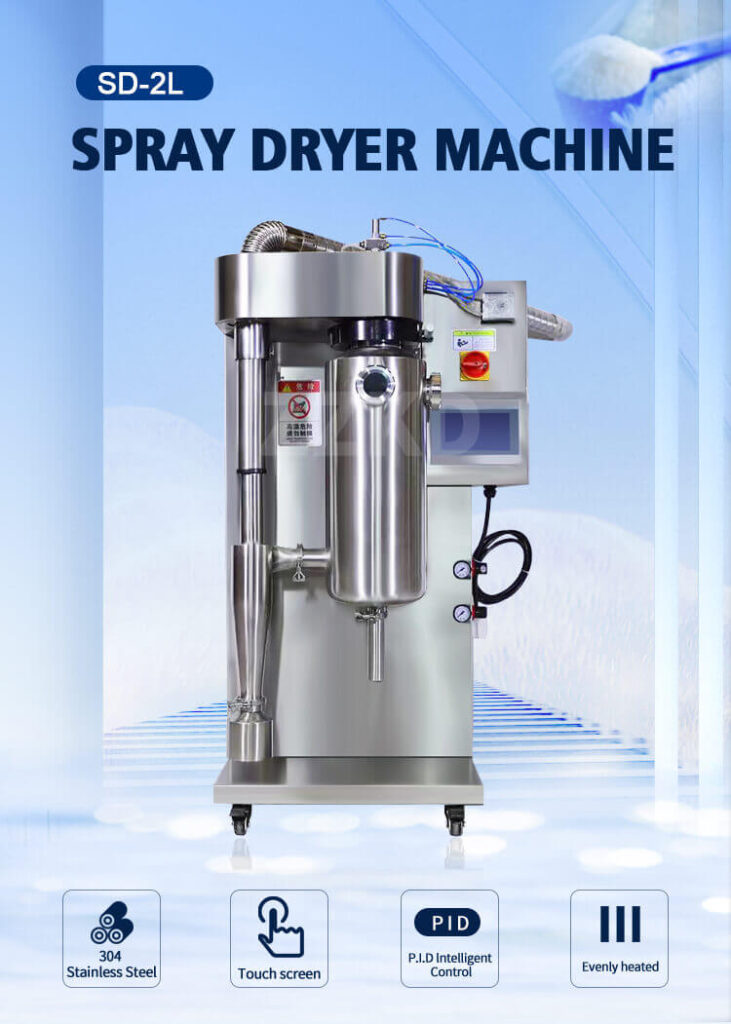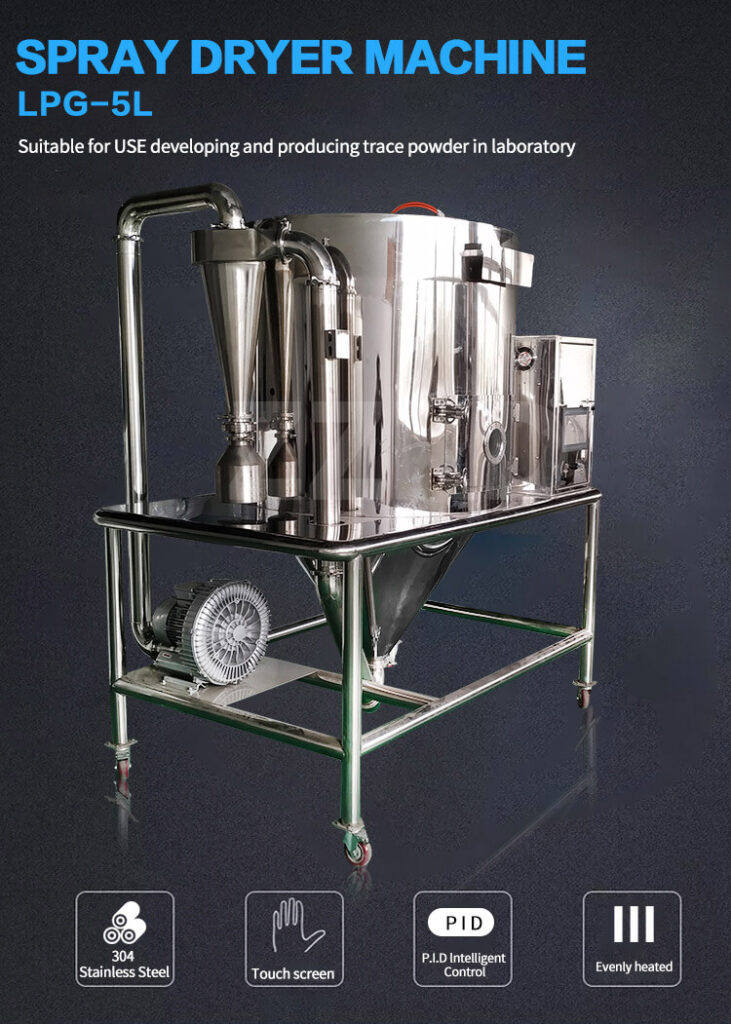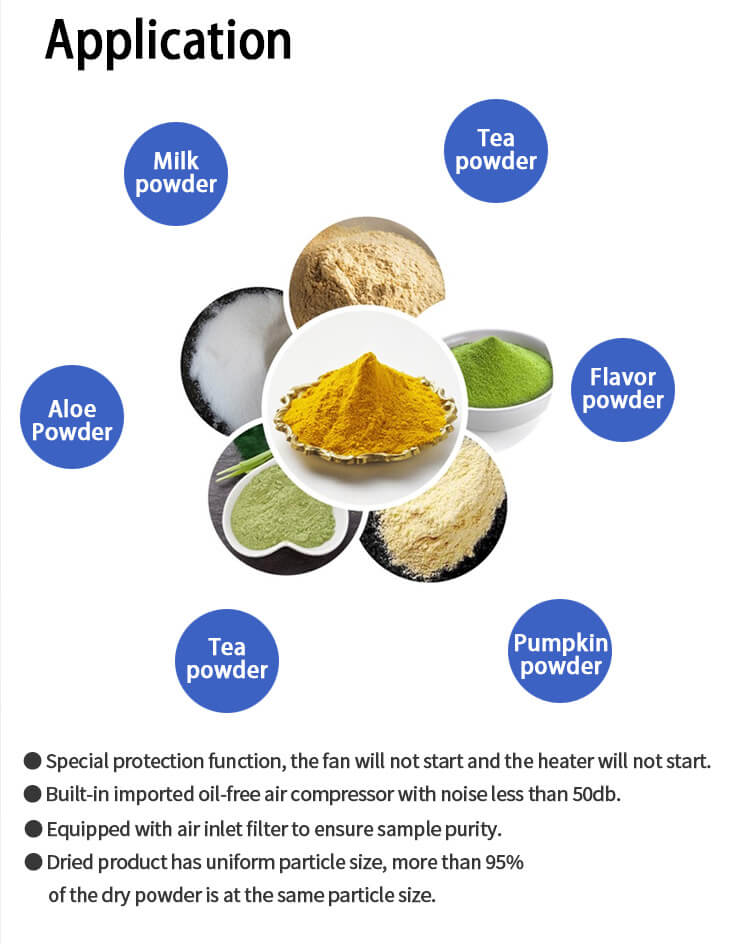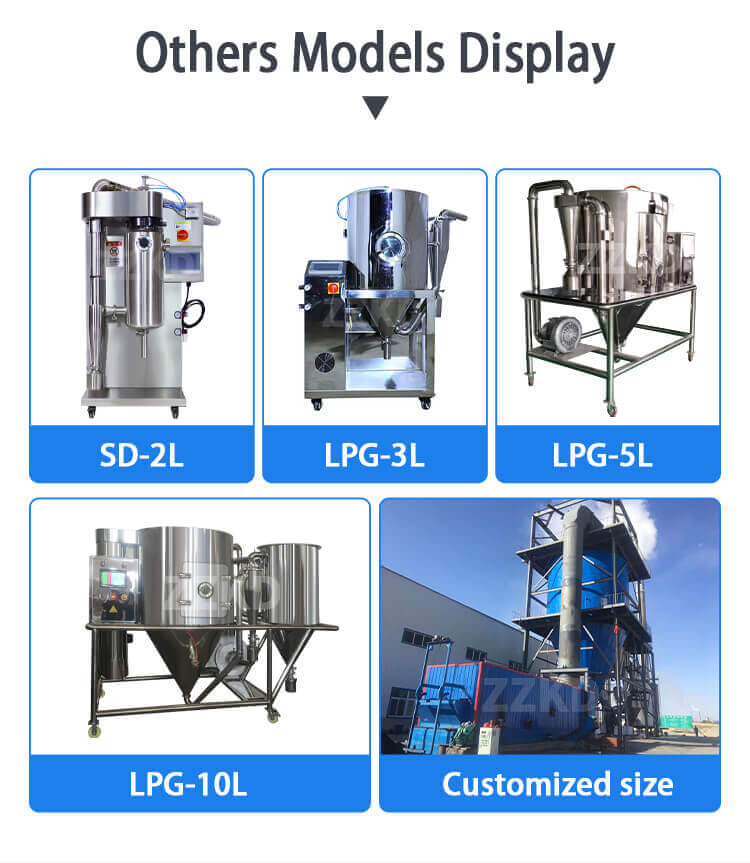Spray drying technology has revolutionized the way many industries process their products. A pilot spray dryer, a smaller version of industrial spray dryers, serves as a critical tool for research and development in various fields such as pharmaceuticals, food, and chemicals. This article delves into the intricacies of pilot spray dryer cost, offering insights into the factors that influence their price. Interestingly, the mini spray dryer price, often a precursor to the pilot version in many labs, sets the stage for understanding the cost dynamics of its larger counterpart.


Factors Influencing Pilot Spray Dryer Cost
Size and Capacity
The size and capacity of a pilot spray dryer play a significant role in determining its cost. Typically, larger units with higher processing capacities command a higher price due to the increased material and manufacturing requirements.
Material and Design
The choice of materials and design specifications of a pilot spray dryer also impact its cost. Stainless steel and glass units, for example, differ in price. Moreover, advanced features like inert loop systems for solvent-based products can add to the cost.
Cost Comparison with Industrial Models
While pilot spray dryers are less expensive than full-scale industrial models, they still represent a significant investment. The cost difference is primarily due to the scale of production, with industrial models designed for higher throughput.

Technological Advancements and Price Implications
Recent technological advancements in spray drying have led to more efficient and versatile pilot spray dryers. However, these improvements often come with an increased cost, reflecting the research and development efforts put into these machines.
Operational Costs
The operational cost of a pilot spray dryer, which includes energy consumption, maintenance, and manpower, should also be considered. These recurring costs can impact the total cost of ownership significantly.
Market Trends and Price Fluctuations
Market trends play a crucial role in the pricing of pilot spray dryers. Factors such as raw material costs, demand-supply dynamics, and economic conditions can cause price fluctuations.

Mini Spray Dryer Price Comparison
Comparing the mini spray dryer price with that of a pilot spray dryer reveals a noticeable difference. Mini spray dryers, being smaller and less complex, are typically more affordable, making them a popular choice for small-scale experiments.
Choosing the Right Pilot Spray Dryer
Assessing Needs and Budget
It is crucial to assess your specific needs and budget when choosing a pilot spray dryer. Factors like the type of product to be dried, required throughput, and desired features should guide your decision.
Vendor and Manufacturer Options
Exploring various vendors and manufacturers can provide a better understanding of the available options and pricing. It’s advisable to request quotes and compare features to find the best fit for your requirements.

Maintenance and After-Sales Service
Considering the maintenance requirements and after-sales service offered by manufacturers is essential. Good service can reduce long-term costs and ensure the smooth operation of the dryer.
Final Thoughts
Pilot spray dryers are vital tools in various industries, and understanding their cost is crucial for making informed purchasing decisions. While the initial investment may be significant, the long-term benefits of having a reliable and efficient pilot spray dryer can outweigh the cost.
By considering factors such as size, design, technology, operational costs, and market trends, businesses can make a well-informed choice that balances their needs with their budget. Moreover, the comparison with mini spray dryers offers additional perspective on the investment scale required for different stages of product development.
In conclusion, the pilot spray dryer cost is a multifaceted aspect that requires careful consideration of various factors. By analyzing these elements and comparing options, businesses can invest wisely in a tool that will significantly enhance their research and development capabilities.
